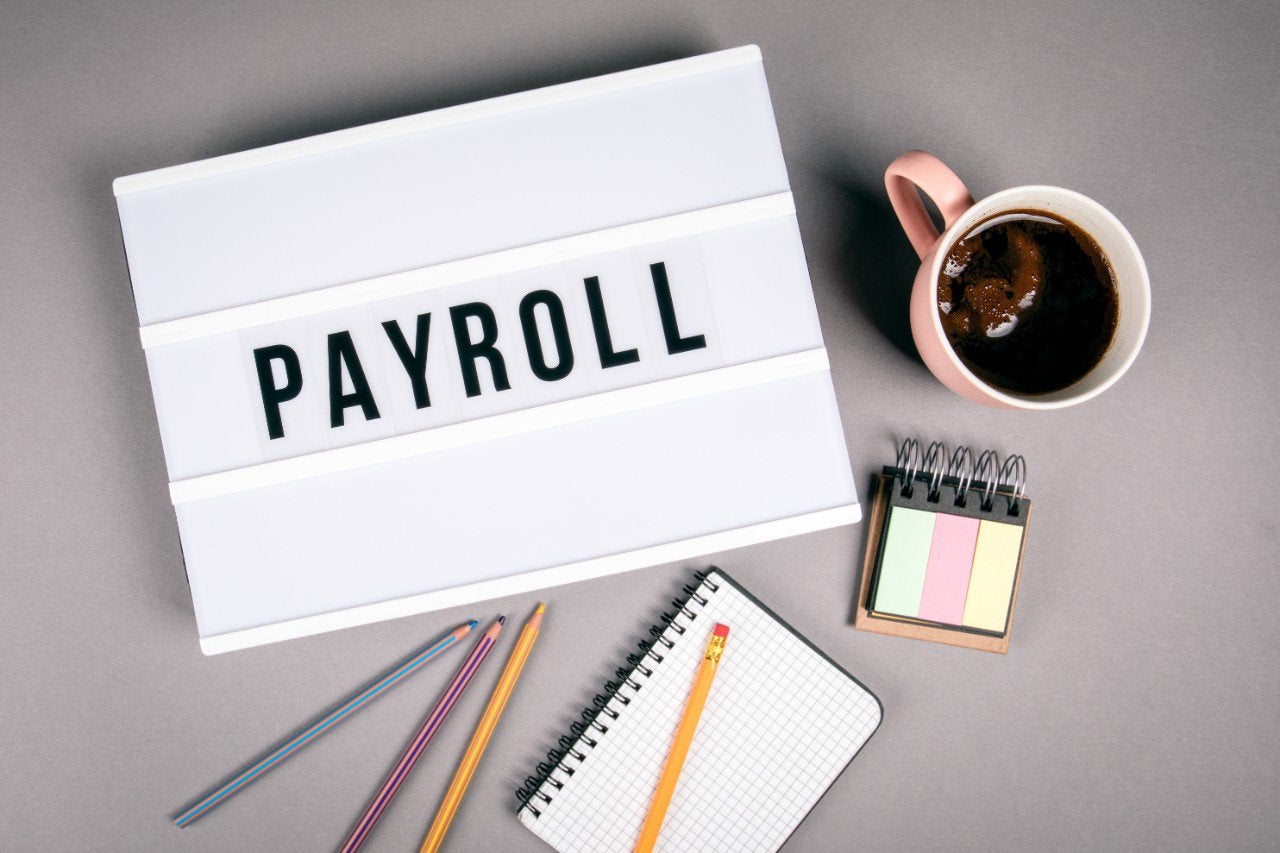Is it only PAYE that’s deducted when I do the wages?
PAYE includes income tax and ACC earners’ levy.
Depending on each employee’s situation, you may also deduct child support and/or student loan repayments. Occasionally Inland Revenue may notify you of additional deductions they require you to make.
If the employee is in KiwiSaver, you will need to deduct their KiwiSaver contributions at the proper rate. You must also contribute a minimum of 3% of your employee’s gross salary or wages to their KiwiSaver fund.
You are liable for ESCT (employer’s superannuation contribution tax) for all employer contributions paid to an employee’s KiwiSaver or a superannuation fund, and you must pay any ESCT to Inland Revenue by the due date. The exception to this is if you and your employee agree to treat some or all of the employer contribution as salary or wages under the PAYE rules. If this is the case, you deduct PAYE from the amount of employer contribution.
Schedular payments
You may employ people who are paid schedular payments. These are common with agricultural contracts. For these employees, instead of deducting PAYE, you deduct tax at the rates specified for schedular payments, although people receiving schedular payments are responsible for paying their own ACC levies and student loan repayments. There are different rates of tax on schedular payments depending on the type of work being done. You can look up the rates in Inland Revenue’s guidance in the IR330C form.
What do I need to know to make deductions?
You need to know your employees’ tax codes. Ask all new employees to give you a completed tax code declaration (IR330 form) when they start work with you. If their situation changes, they should give you an updated IR330 form. You must keep all completed IR330s for seven years after the last wages payment to the employee. Note that people who are paid schedular payments should complete the IR330C form instead of the IR330.
There are special tax codes, for example where the employee has a student loan and presents a Student loan special deduction rate certificate or a Student loan repayment deduction exemption certificate. Companies or contractors carrying out contracts in the agricultural, horticultural or viticultural industries may hold a Special tax code certificate and should provide this to you. Follow the instructions on the certificate, as these override the standard rates.
To calculate how much PAYE is due, you can use the PAYE/KiwiSaver deductions calculator. Or you can refer to the weekly and fortnightly PAYE deduction tables (IR340) and the 4-weekly and monthly deduction tables (IR341) online. These show how much to deduct from each pay based on an employee’s tax code. They also cover tax deductions for schedular payments.
There are also a number of payroll applications that can help you with these calculations and with managing your payroll.
How do I file PAYE?
From 1 April 2019, all employers are required to use some form of payday filing, where you make PAYE payments and provide employment information to IRD on a payday basis (our payday filing fact sheet has more information too). You can file PAYE returns and employment information:
▪ through your payroll software if it supports payday filing
▪ through myIR onscreen or by file upload
▪ on paper (if you’re eligible)
You can make payments electronically through your bank, by credit or debit card, or direct debit. When you make a payment, you’ll need to use your IRD number as a reference as well as a payee code showing which type of tax the payment is for.
What happens if I don’t pay PAYE?
If you don’t file your return by the due date, Inland Revenue will initially issue a warning. A late return in the same 12-month period will incur a late filing penalty of $250.
Inland Revenue will advise you of the penalty and the due date for paying it. If you don’t pay by the due date, you will be charged further penalties and interest.
If you file your return on time but don’t pay the full amount, you may have to pay a non-payment penalty. The non-payment penalty is 10% of the amount outstanding with a further 10% penalty added each month an amount remains outstanding.
If the size of your payroll requires you to file electronically, but you don’t do this, there is a non-electronic filing penalty. This is the greater of $250 or $1 for each person employed at any time during the month to which the return relates. Under payday filing, only one non-electronic filing penalty will be imposed regardless of the number of failures to file electronically in a month.
PAYE intermediary scheme
As a business owner it may make more sense to outsource your payroll, leaving you free to do what you’re best at and focus on growing your business. If so, you might use a PAYE intermediary providing payroll services. You are responsible for supplying gross payment and other relevant information. The intermediary is responsible for meeting your employer responsibilities for PAYE.
Please contact us should you wish to discuss setting up a payroll system or if you want to explore whether a PAYE intermediary makes sense for your business.





